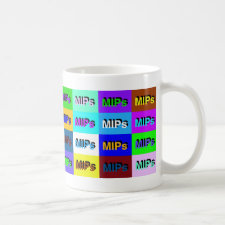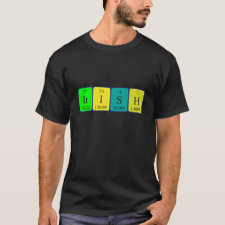
Authors: Ingole PG, Ingole NP
Article Title: Methods for separation of organic and pharmaceutical compounds by different polymer materials.
Publication date: 2014
Journal: Korean Journal of Chemical Engineering
Volume: 31
Issue: (12)
Page numbers: 2109-2123.
DOI: 10.1007/s11814-014-0284-z
Abstract: The discrimination of enantiomers is a challenging task in separation technology, and using a membrane is most promising for separating enantiomers from racemic mixture. The optical resolution of chiral compounds is of interest to researchers working in a variety of fields from analytical, organic and medicinal chemistry, to pharmaceutics and materials, to process engineering for fabricating pharmaceuticals, agrochemicals, fragrances and foods, and so on. There is considerable demand for separation techniques appropriate for the large-scale resolution of chiral molecules. The separation of chiral compounds using chiral or achiral/non-chiral polymeric membranes with or without chiral selector represents a promising system for future commercial applications. This review focuses on an active field of chiral separation, membrane-based enantioseparation technique, which has potential for large-scale production of singleenantiomers. Enantiomeric separation by membrane processes has been studied using various configurations of liquid and solid polymer membranes. Selectivity and permeability of liquid-membranes is reasonably good because the rate of diffusion of solute molecules is high in liquids but has inferior durability and stability. Solid polymer membranes have inferior permeability because diffusion of solute through solids is slow but quite stable and durable; however, commercial application of membrane technology for optical resolution is yet to be realized. Several chiral separation membranes were prepared from chiral polymers where enantioselectivity was generated from chiral carbons in the main chain. However, it is rather tricky to generate excellent chiral separation membranes from chiral polymers alone, because racemic penetrants mainly encounter the flexible side chains of the membrane polymers
Template and target information: Review - methods of separating compounds using polymers
Author keywords: chiral separation, optical resolution, Enantioselective Polymeric Membranes, pharmaceutical



Join the Society for Molecular Imprinting

New items RSS feed
Sign-up for e-mail updates:
Choose between receiving an occasional newsletter or more frequent e-mail alerts.
Click here to go to the sign-up page.
Is your name elemental or peptidic? Enter your name and find out by clicking either of the buttons below!
Other products you may like:
 MIPdatabase
MIPdatabase









